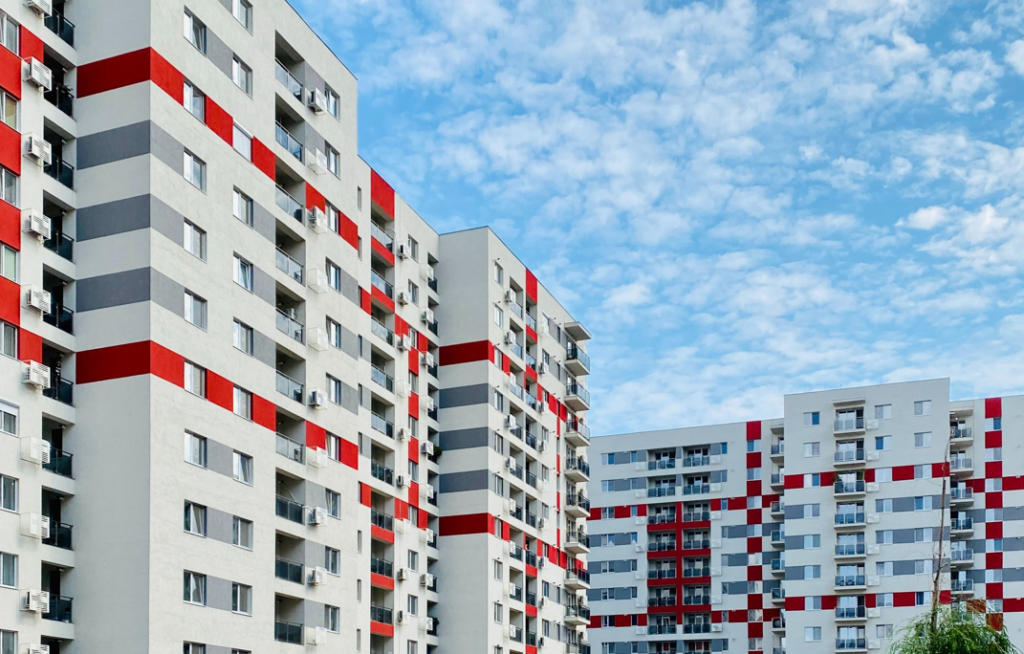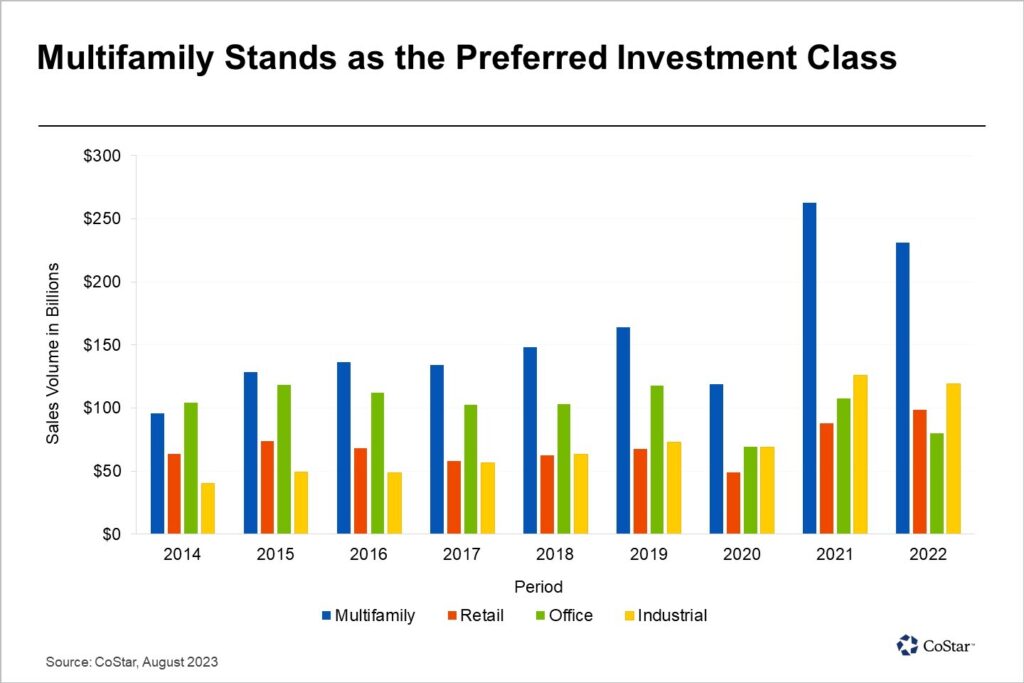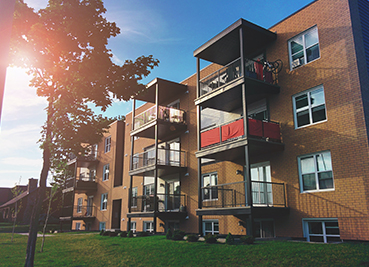
As seen in CoStar
Sustained Investment Interest in Multifamily Real Estate Could Keep Going
Over the past decade, multifamily real estate has moved from being the perennial runner-up in sales volume, trailing offices, to becoming the top choice for commercial real estate investors.
In 2021 and 2022, the multifamily sector attracted an influx of nearly $500 billion in capital as investors actively pursued opportunities for long-term risk-adjusted returns. The strength of multifamily fundamentals at the onset of the pandemic was a contrast to the struggles of other real estate segments because of shutdowns and the widespread adoption of remote work. Demand for housing surged, leading to significant peaks in multifamily rental rates throughout 2021.
In 2023, interest in the sector remains high.

The persistent scarcity of housing units in the United States has added to the allure of multifamily properties as an investment option. As of the first half of 2023, multifamily continues to dominate transaction volumes, with sales totaling $37.2 billion. Following closely is the industrial sector with $28.7 billion, while the office market lags with sales amounting to just $18.8 billion.
The spread in capitalization rates between office and multifamily properties has expanded markedly, reflecting a strong preference among investors for multifamily properties. Following the aftermath of the Great Recession, cap rates for four- and five-star-rated multifamily properties consistently stood about 60 basis points lower than analogous high-end office properties. Despite this spread, office sales volume continued to exceed that of multifamily.
However, by 2015, there was a notable shift as investors increasingly allocated capital toward the multifamily sector, prompting a gradual widening of the cap rate spread to nearly 100 basis points. This gap widened to 170 basis points before the onset of the pandemic, as multifamily sales reached $164 billion in 2019, surpassing office sales by $46 billion.
The pandemic led to an even greater expansion of the cap rate spread, reaching a peak of 250 basis points in mid-2020, propelled by surging valuations in top-quality multifamily properties, reaching an unprecedented level, while sale prices for prime office properties fell.

Following the peak valuations achieved in late 2021 and early 2022, multifamily property values have been falling. However, the sector’s underlying strengths and pricing prospects remain robust, sustaining investor interest.
The earlier surge in multifamily valuations was fueled by historically low interest rates and significant rent growth. National rental growth surged to 10% in the fourth quarter of 2021, with some markets experiencing a 20% increase, driving investor interest in multifamily properties and boosting prices.
As long-term interest rates began to rise in the first half of 2022, pricing for multifamily properties began to pull back, with renegotiations in the range of 5% to 10% becoming more common.
However, a more substantial impact on valuations occurred in the summer of 2022 as rent growth slowed and vacancy rates increased. Currently, multifamily cap rates are close to 2019 levels.
Forecasts calling for multifamily rent growth to recover to pre-pandemic rates by the second half of 2024 suggest the potential for valuations to stabilize over the next six to 12 months.
In perhaps a more far-reaching change, contemporary rental housing has moved beyond its historical role as a transitional step to homeownership.
Changes in household composition that favor renting, combined with tax law adjustments that reduce ownership advantages and higher interest rates that have greatly increased the cost of home mortgages, have given rise to a new category of renter households that have supported the emergence of high-quality luxury units.
These households are financially equipped to absorb rent increases that surpass the inflation rate, helping sustain robust demand in the sector. As a result, investors are likely to continue to pursue multifamily properties and sales volumes at a pace that could maintain the sector’s premier position among property types.




